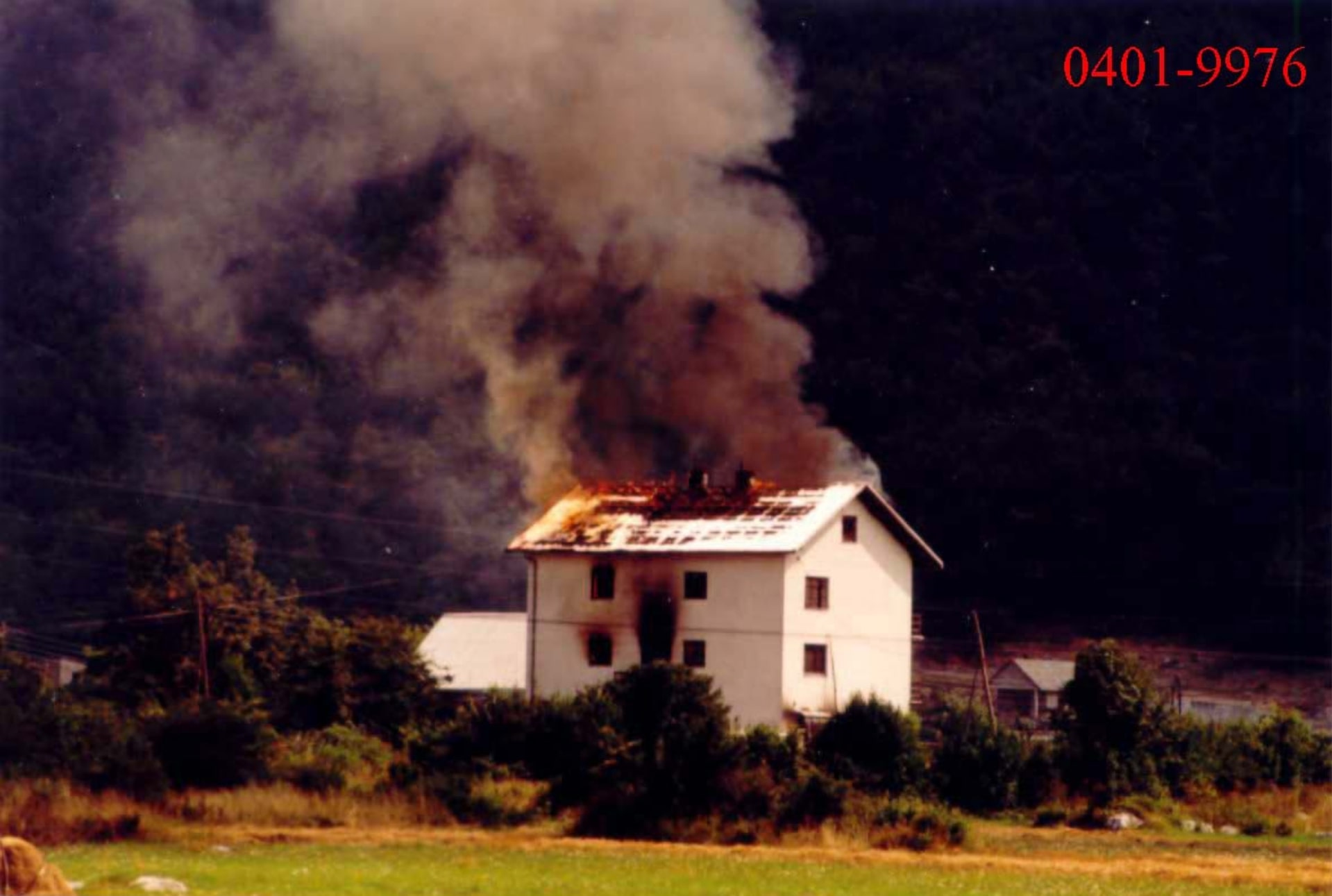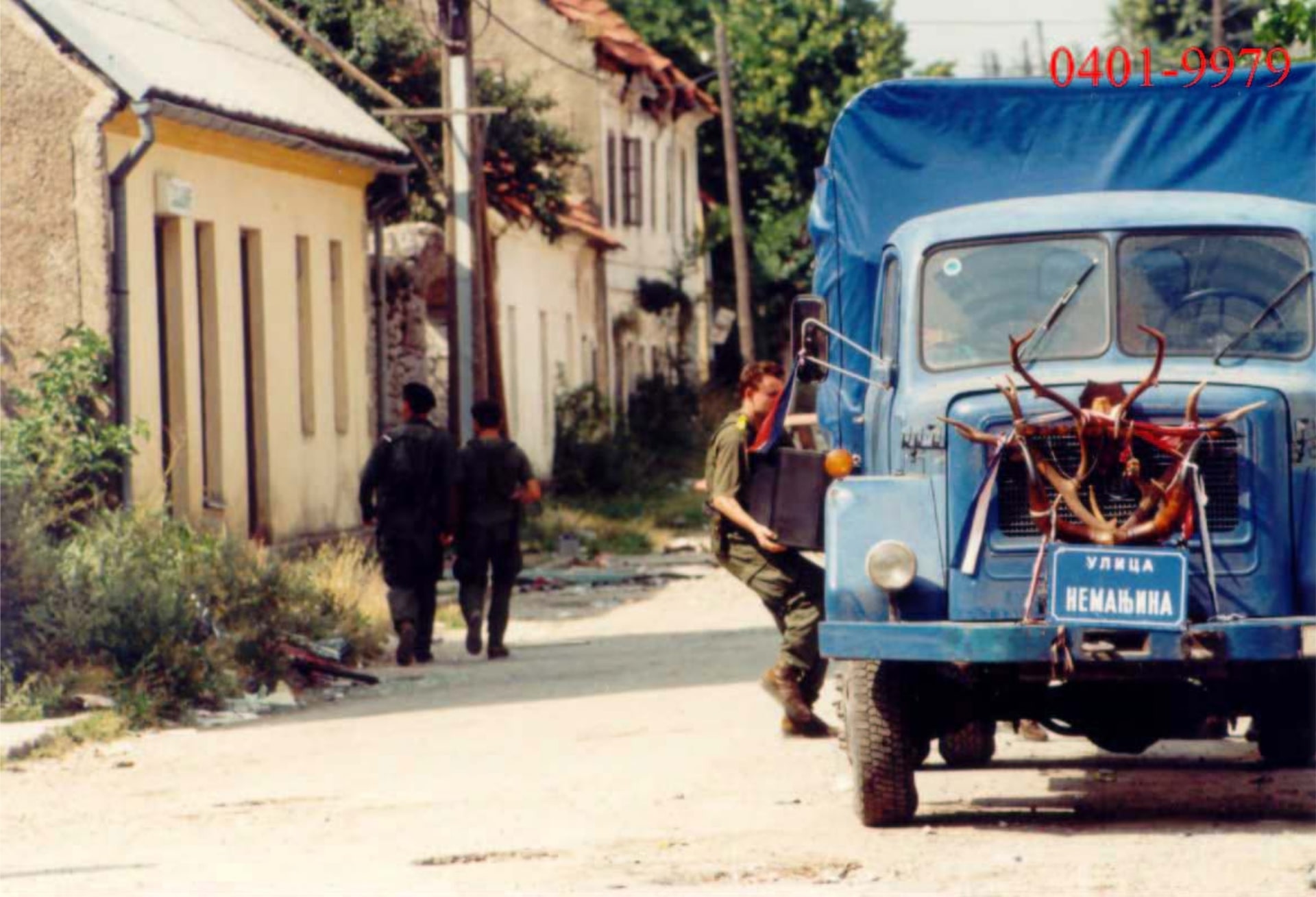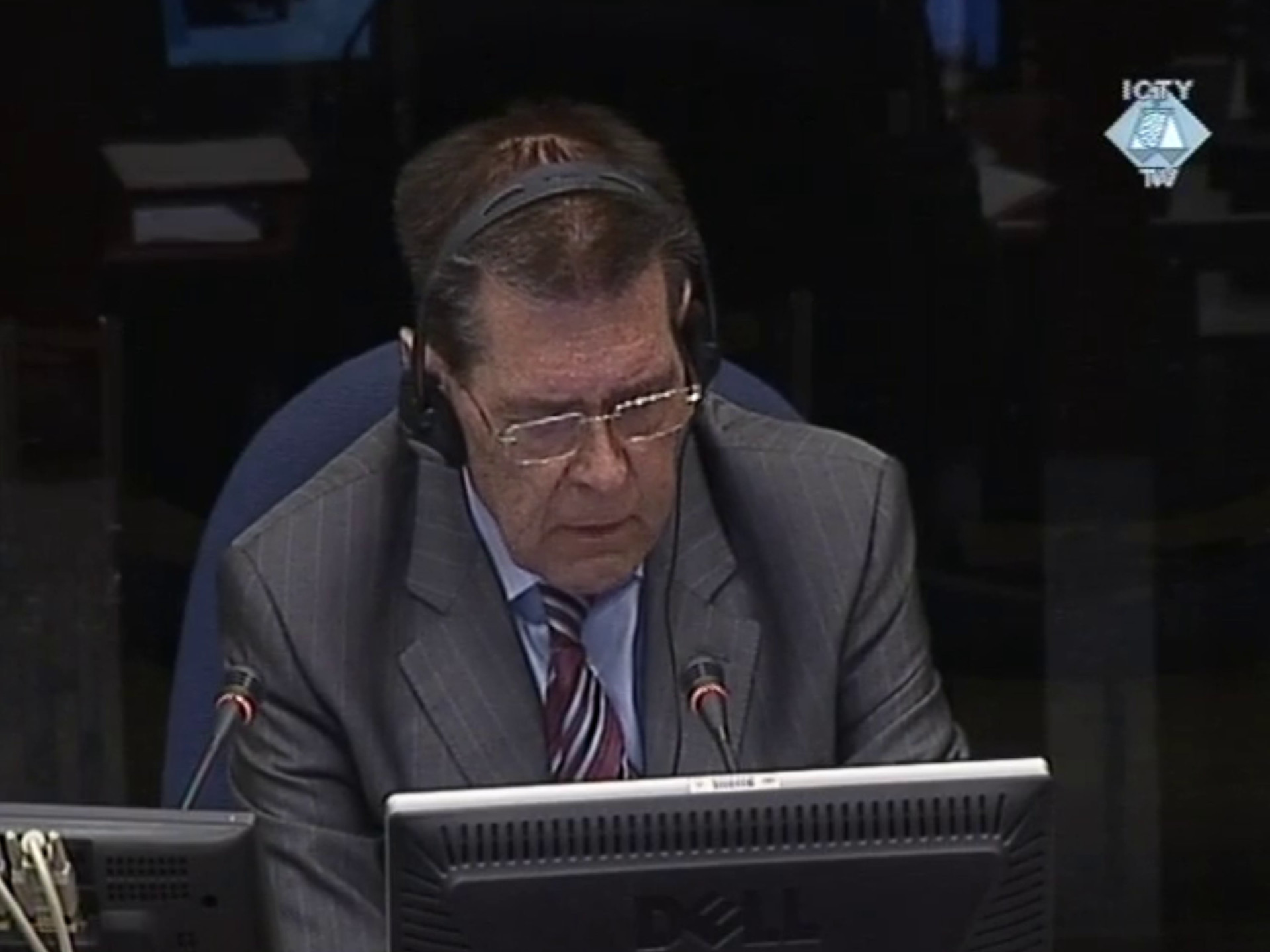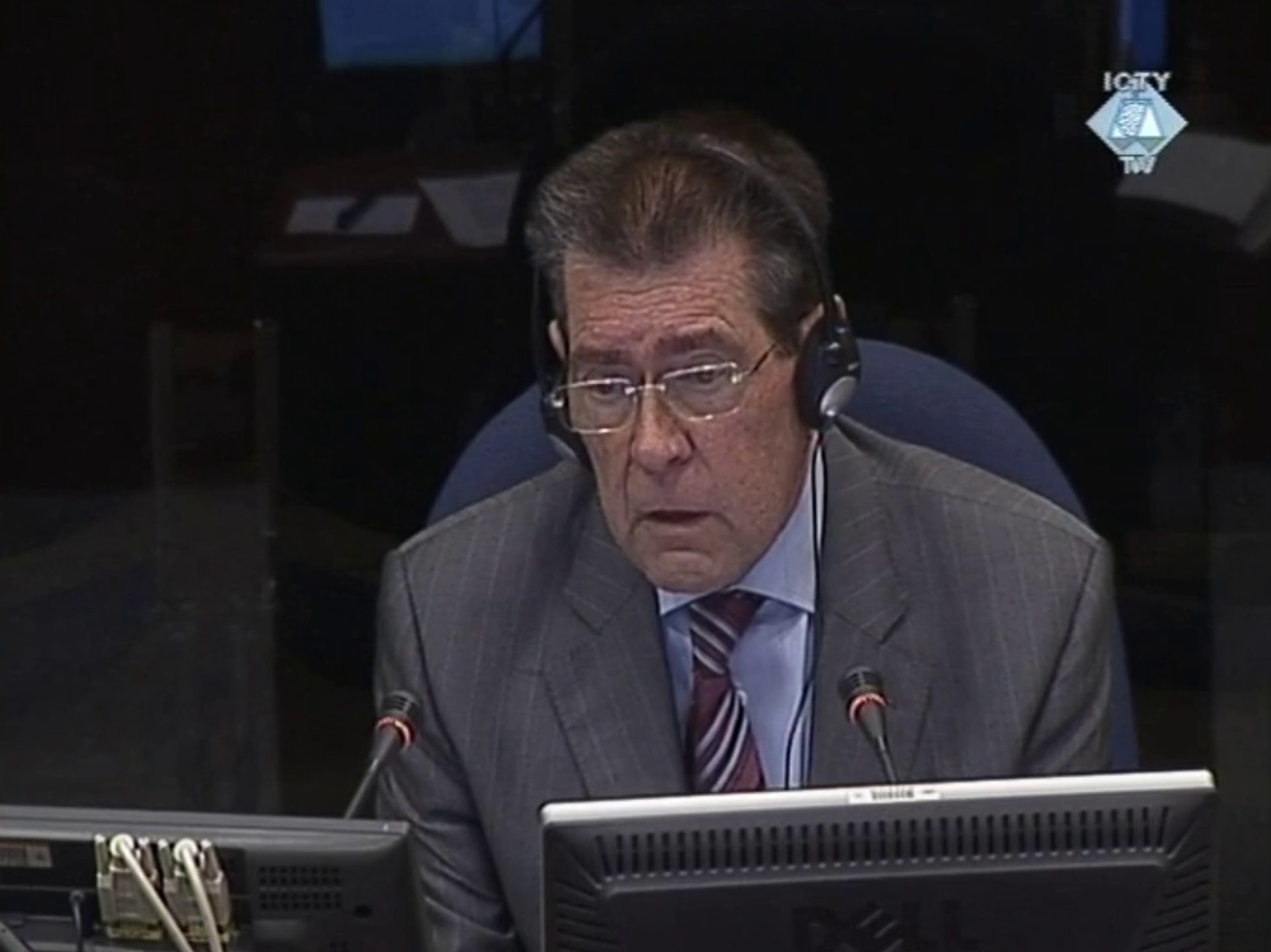Gračac After Operation Storm:
Don't Believe Your Eyes

When Croatian military and police forces entered Gračac during Operation Storm, they did nothing that hadn't already been done in most other towns and villages in the liberated territory. The deserted town was systematically looted, houses were burned one after another, and there were sporadic killings of elderly Serb civilians. What sets Gračac apart from other places, however, is the fact that, after Operation Storm, a team of Belgian reporters happened to be there along with the liberating forces — Edmond Vanderostyne, a journalist for De Standaard, his colleague Alain Guillaume from Le Soir, and a freelance photographer Frank Dejongh.
Even they didn't understand how they ended up there, since journalists' requests to access reintegrated territory were regularly denied. "The news that we had been granted a travel permit completely took us by surprise," Edmond Vanderostyne told the Tribunal in The Hague, still unsure why the authorities in Zagreb responded positively to their request.
They first went to Petrinja, which they described as a "ghost town," where they did not witness widespread crimes being committed. But when they headed to Gospić, and from there on to Gračac, they saw a great deal — the area along roughly fifty kilometres of road was in flames.

In parallel with the destruction of property, Vanderostyne said, there was looting on a large scale.
Scenes of looting and destruction continued to unfold before their eyes in Gračac. Upon entering the town, they saw houses on fire.
In the town, Vanderostyne described encountering a large number of Croatian Special Police officers who were looting with great dedication. From houses, they were carrying out "televisions, bags, shoes, suitcases".
They came across one police officer attempting to connect severed cables in order to steal a private car he had found there. On the vehicle, the special police had written "Delta VK," indicating that it belonged to a Special Police unit from Vinkovci.

However, Mladen Markač's defence urged the judges not to believe their own eyes, or the scenes shown in photographs submitted to the court by Vanderostyne, offering a completely novel and original explanation of the events in Gračac.
For example, Davorin Pavlović, deputy commander of the Special Police under General Mladen Markač, claimed that the incident in the photograph did not depict a car theft, but rather a noble attempt to move vehicles that had broken down or run out of fuel off the streets and to areas designated for collecting abandoned property.
According to Markač's defence, the act of loading items into trucks did not constitute looting either. The special forces, the defence argued, were simply packing up after completing their assignment on the front line, though that argument was somewhat undermined by a witness's remark that the officers had been aggressive toward the photographer who captured the scene.
Edmond Vanderostyne was well-acquainted with the history of the wars of the 1990s in the former Yugoslavia. Because of everything he had seen since the war began in Croatia in 1991, and later in Bosnia and Herzegovina in 1992, he admitted to having "negative prejudices against Serbs." Aware of what had happened in Vukovar, Dubrovnik, and later Sarajevo, he regarded Serbs as the main culprits for the wars of the 1990s and the war crimes committed during that time. But after August 1995, and his visit to "Krajina" following Operation Storm, he realised that the things he had justifiably attributed to the Serbs were also being done—by Croats.

